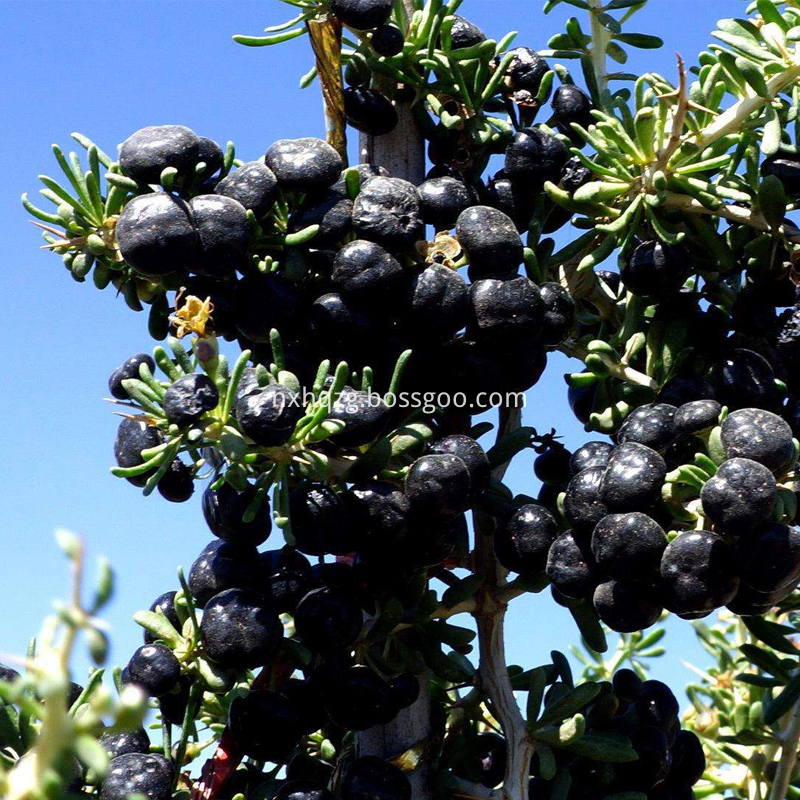First, use orange peel feed anti-mold agent. Take fresh orange peel or dried orange peel and put it in methanol, ethanol, ether or acetone solution. The amount of solution is 3-6 times the volume of dry matter of orange peel. Extract it at normal temperature or heat treatment, and then use. Distillation and other methods, remove the organic solvent in the extract, you can get a mildewy orange yellow sticky concentrate, that is, feed fungicide. Adding it to the feed at a rate of 1% to 3% can significantly prolong the shelf life of the feed. Even in rainy and humid weather, the feed will not be mildewed. Second, using seaweed powder feed anti-mildew agent. 92% of seaweed powder, 4% calcium iodate, and 4% calcium propionate are mixed together to become a highly effective feed fungicide. Add it to the feed at a rate of 8%. After being placed in a temperature of 30°C and a relative humidity of 100% for 1 month, the feed will not be mildewed or degenerate, ensuring safe storage. At the same time, it can also be increased. Iodine content in feed. Third, use acetic acid feed mold inhibitor. After mixing acetic acid and sodium acetate in a ratio of 2:1, add 1% sorbic acid or alkylpropionate, and stir and dry the mixture to prepare a fungicide for feed. If 1% of the weight of feed is added, the feed can be stored for more than 90 days in any season without mold deterioration. Fourth, with the garlic feed fungicide. The garlic was peeled off the skin, placed in a sterilized mortar, and then added with the same weight of cold boiled water, ground into a fine slurry, filtered through 3 layers of sterile fine cloth, and the filtrate was an excellent feed fungicide. If 3% of the feed is evenly mixed into the feed, it will not only prevent the feed from becoming moldy, but it will also prevent the occurrence of intestinal diseases in livestock and poultry. Fifth, the use of medicinal plant feed fungicide. Herbs, such as Atractylodes Rhizome, Artemisia Vatica, and Pyrethrum, dried in the sun, were ground into powder and had the effect of inhibiting the reproduction of mold. If 4% is added to the feed, the safe storage period of the feed can also be extended.
Ningxia black wolfberry is named "Qiao Ni Ying Er Ma Ge" and Tibetan medicine named "Pang Ma", belonging to Lycium barbarum. For many thorny shrubs, many branches, hard branches, often curved, white. It is distributed in several provinces of Northwest China and Northwest China and Tibet and Europe. Black berry and Lycium barbarum are sweet and plain, rich in protein, Lycium barbarum polysaccharides, amino acids, vitamins, minerals, trace elements and other nutrients. It also contains rich black fruit pigment - natural procyanidin (red fruit Lycium barbarum), and its OPC content exceeds Blueberry (OPC3690mg/100g of black fruit Lycium barbarum and blueberry OPC330 to 3380mg/100g). So far, the natural wild plant with the highest OPC content has been found. Proanthocyanidin OPC is the most effective natural water-soluble free radical scavenger. Its efficacy is 20 times that of Vc and 50 times of VE. The black wolfberry is known as the "blue demon" in the wild.

NingXia Black Goji Berry
NingXia Black Goji Berry,Ningxia Organic Black Goji Berry, Ningxia Black Dried Goji Berry,Dried Black Goji Berry
Ningxia Hongqiaozhigu Technology&Development Co.,Ltd , http://www.guofuhui-ec.com
